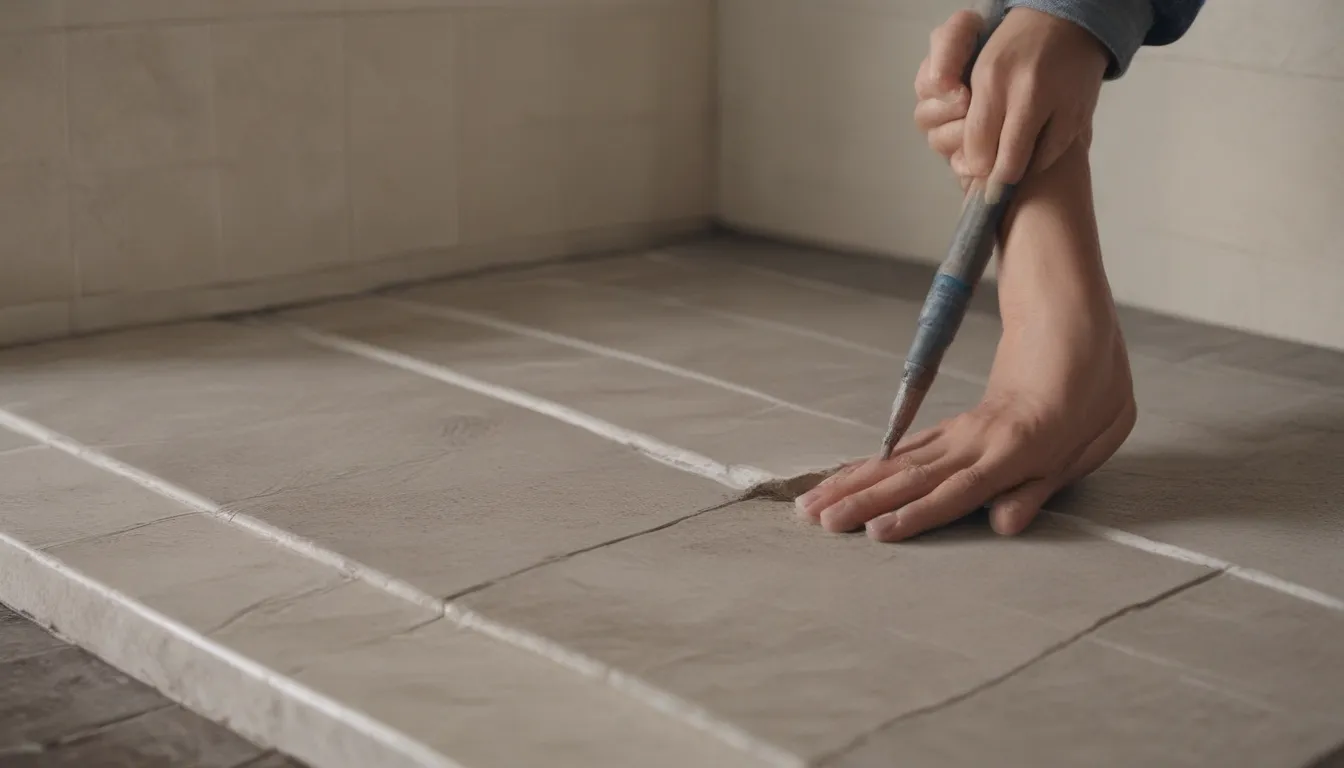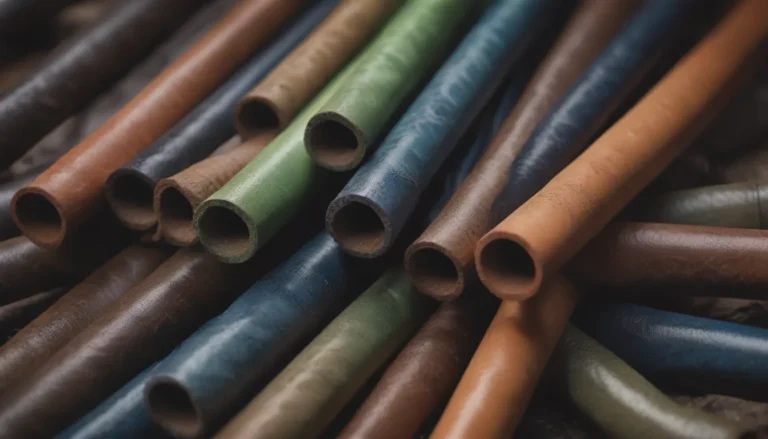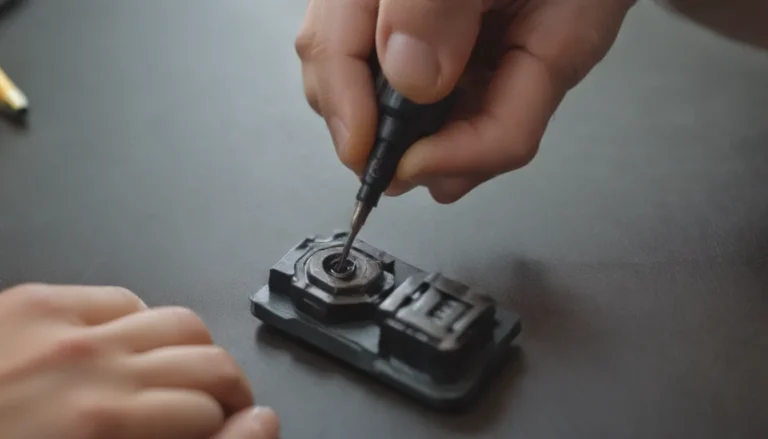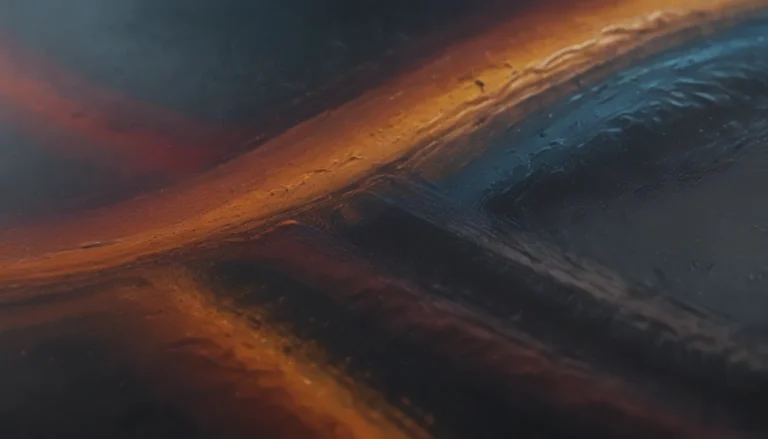Everything You Need to Know About Tile Mastic vs. Thinset Mortar

When it comes to installing tiles in your home, choosing the right adhesive is crucial. Whether you are working on a backsplash, shower wall, or floor, you want an adhesive that is cost-effective, strong, and easy to apply. With so many options available, it can be overwhelming to decide between tile mastic and thinset mortar. Let’s dive into the details and compare these two popular adhesives to help you make an informed decision for your next tiling project.
Understanding Tile Thinset
Thinset mortar is an inorganic adhesive made from materials mined from the earth. It is a versatile option that can be purchased in either wet, pre-mixed form or dry, powdery form. There are two main types of thinset: unmodified and modified.
- Unmodified thinset is composed of Portland cement, sand, and water retention agents.
- Modified thinset includes liquid latex polymers that enhance strength and prolong the working time of the adhesive.
One of the unique characteristics of thinset is its slow setting time, which can be both a benefit and a challenge. This extended working time allows for adjustments to be made before the adhesive sets, but it can also lead to tile sagging on vertical surfaces.
Areas where thinset works well:
- Flooring
- Bathroom floors and walls
- Kitchen countertops
Getting to Know Tile Mastic
Mastic is a fast-grab adhesive that is ideal for a variety of tile installations. Traditionally, mastic was made from an organic plant-based resin, but today, it is typically a synthetic adhesive designed specifically for tile applications. Henry 314 Ready Set Premixed Mastic Adhesive is one example of a mastic product available on the market.
- Mastic is known for its quick-grab properties and no-sag qualities, making it a popular choice for porcelain, quarry, stone, ceramic, and mosaic tiles.
- It is important to note that mastic should not be used in high-moisture areas, as it is not water-resistant.
Areas where tile mastic may be used:
- Shower walls
- Backsplashes
- Walls in dry areas
Pros and Cons Comparison
Mastic:
Pros:
- Minimizes tile sag on vertical surfaces during curing
- Relatively easy to remove tiles when needed
- Quick-grab feature for fast installation
Cons:
- Not suitable for high-moisture areas
- Strong odor
- Difficult to fix poorly aligned tiles
Thinset:
Pros:
- Stronger material, ideal for high-traffic areas
- Inexpensive and easy to use
- Better bonding on a variety of surfaces
Cons:
- Longer drying time, leading to potential sagging on vertical surfaces
- Requires extra steps for installation on surfaces other than concrete
- Labor-intensive removal process during demolition
Making the Right Choice
Choosing between tile mastic and thinset mortar ultimately comes down to the specific requirements of your tiling project. Consider factors such as moisture levels, surface type, and application area when making your decision. If you are working in a high-moisture environment, thinset may be the better option, while mastic is suitable for dry areas with minimal water exposure.
Remember to always follow manufacturer guidelines and consult with professionals if you are unsure about which adhesive to use. With the right adhesive and proper installation techniques, you can achieve a beautiful and long-lasting tile finish in your home.
In conclusion, both tile mastic and thinset mortar have their own unique benefits and drawbacks. By understanding the differences between these adhesives and considering your specific project needs, you can make an informed decision that will lead to successful tile installations in your home. Happy tiling!





